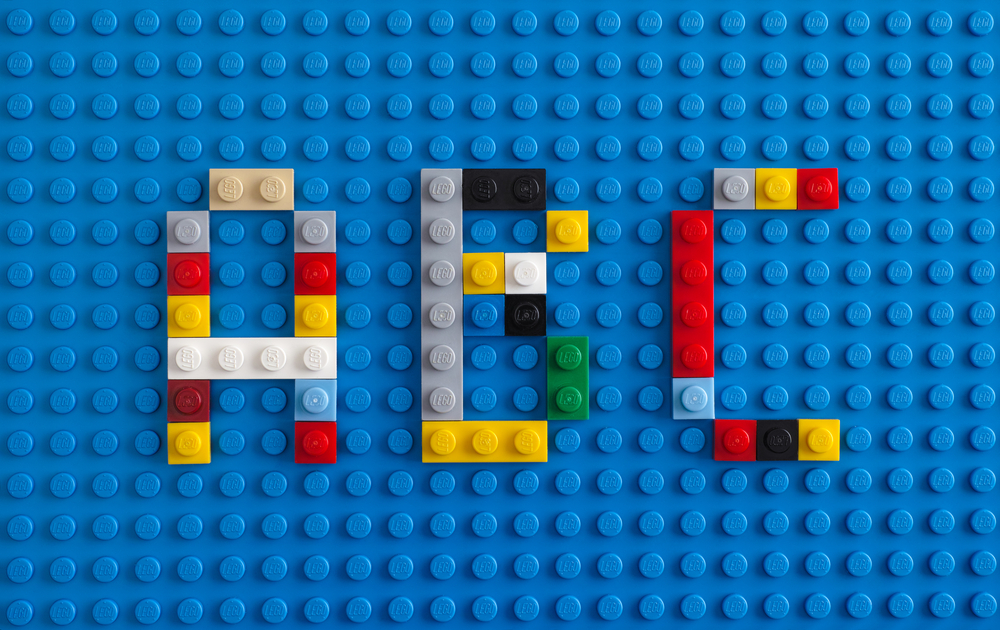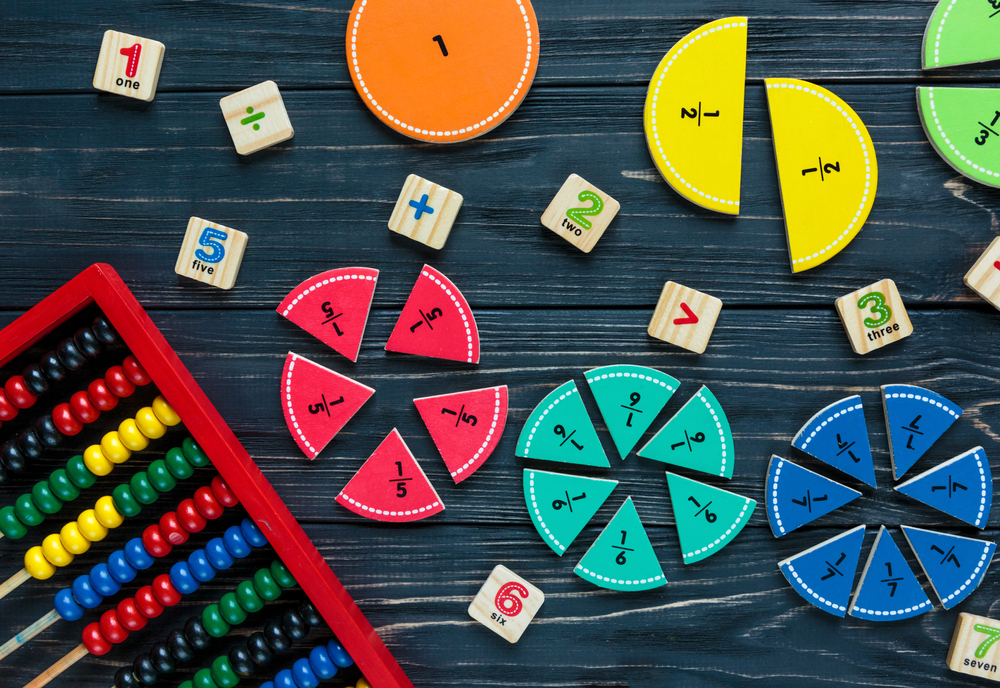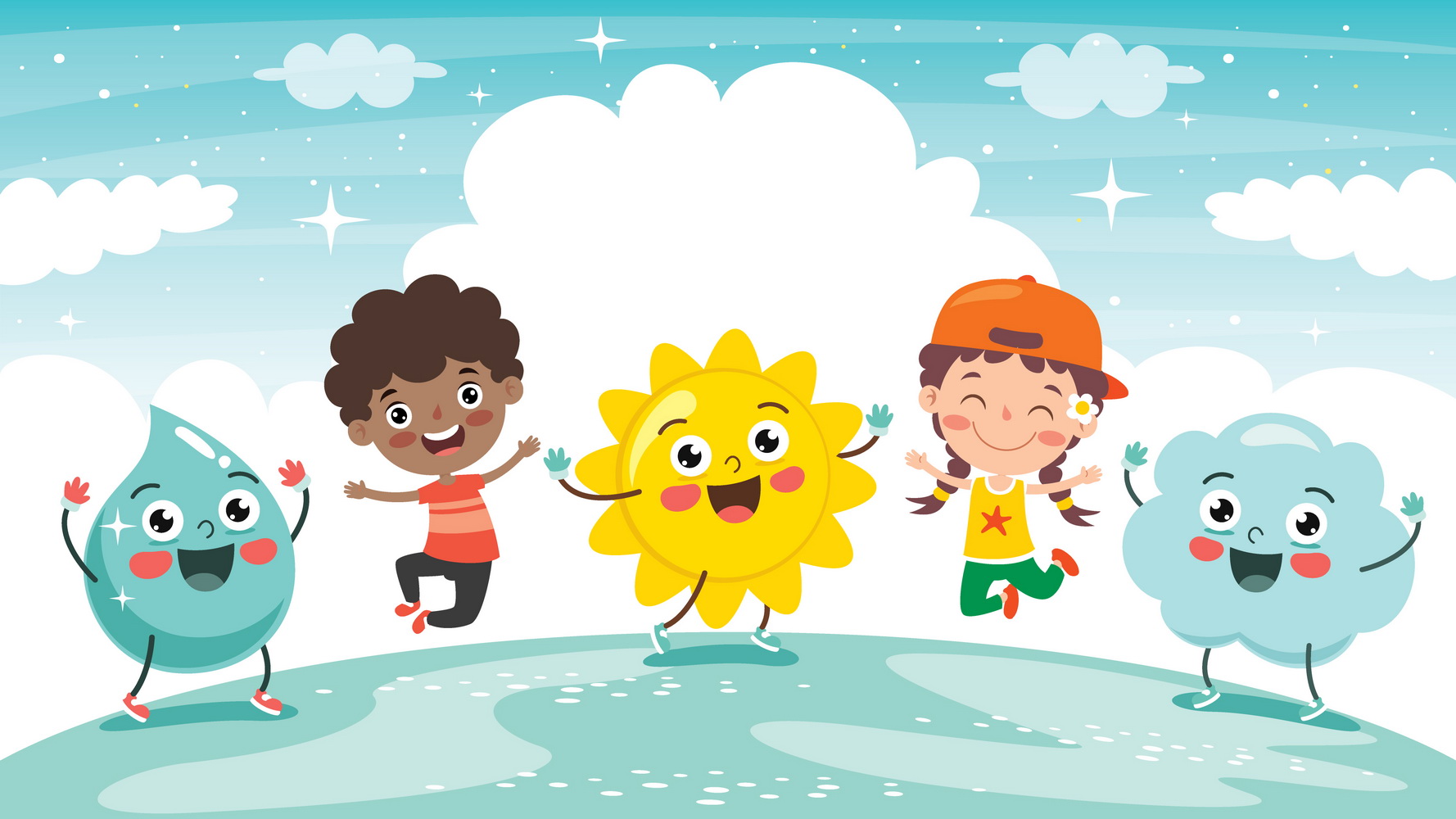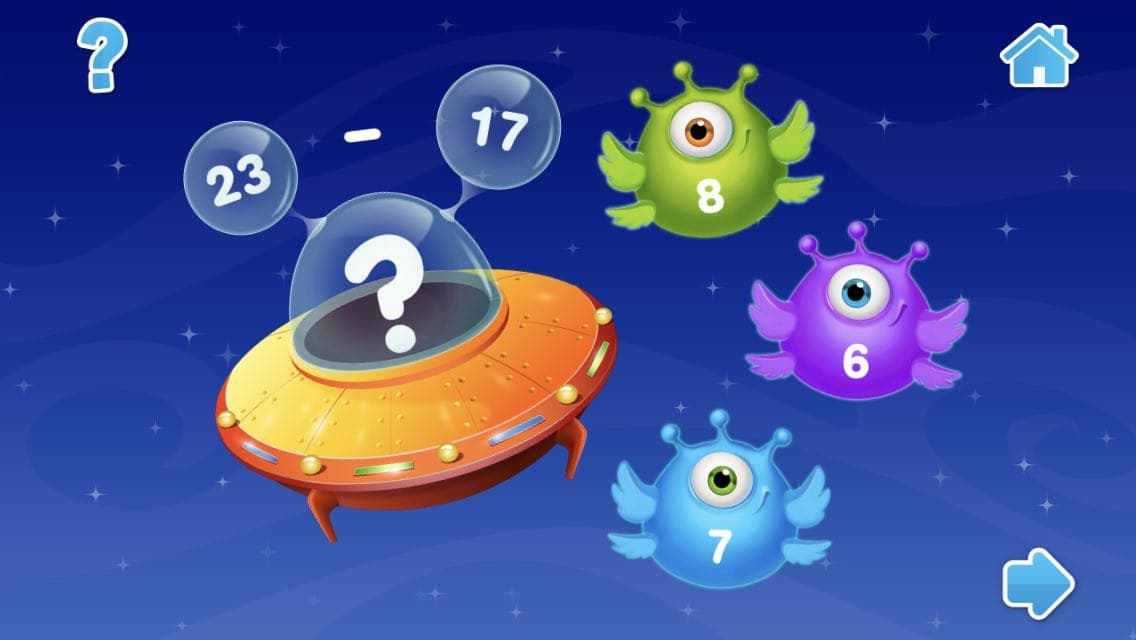How Brain Training Works for Children with Attention-Deficit/Hyperactivity Disorder
May 4, 2021
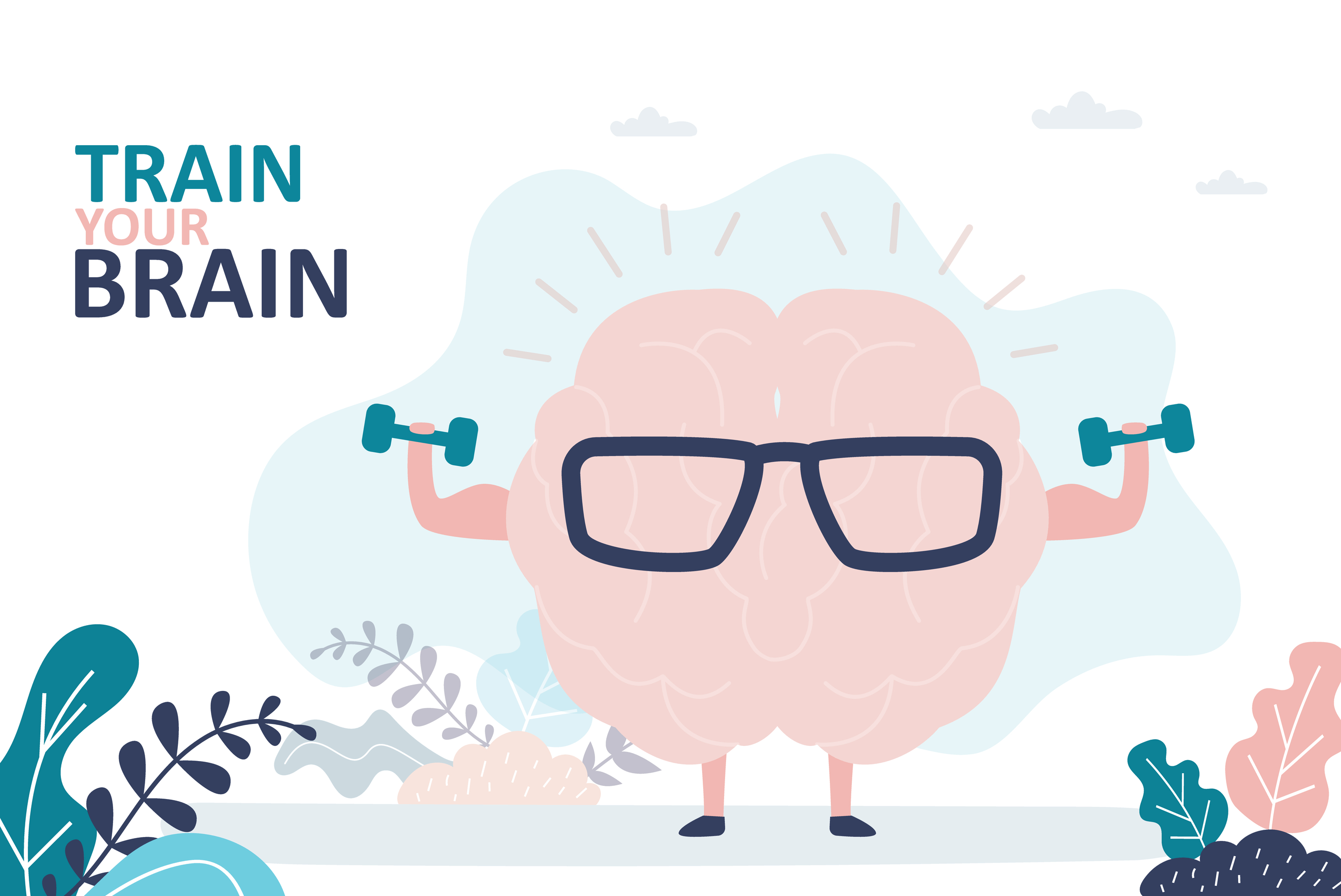
Welcome to the brain training world! There have been numerous claims that brain training improves the symptoms of children with Attention Deficit Hyperactivity Disorder (ADHD) and other learning disorders, even though most are testimonies from different brain training centers, we can never be too sure if we don't try it to ourselves and children. Some professionals have expressed their thoughts on brain training; a director in Learning and Emotional Assessment Program, Massachusetts General Hospital, Ellen Braaten, PhD said the following statements “Depends on what is meant by "train". Any game that is even a bit challenging, leads the brain to learn something new. So it’s not exactly a lie when a company says its game or gadget is training the brain to learn.”
Parents may think otherwise, since most would like their child to read more books or solve math problems, these activities are especially useful in school, but this is not the case for children with ADHD. For children with ADHD, our goal is to keep them committed to learning, and what we are trying to improve is their concentration and less impulsiveness that may actually lead to a slower learning process.
Most brain trainings are games that target a specific part of our brain, ever played “Piano Tiles?” this is a type of game that makes use our sensory-motor, we have to be attentive and be quick and that's how we win the game. There are also games that are designed for our logic and reasoning; the examples are: 2048, Plants vs. Zombies, and even the popular game, Among Us, these games are different in appearance and the how it is being delivered as a game, but the goals are the same and for the players to use logic by thinking of different strategies to win. Learning how to strategize through a certain course of a game doesn’t necessarily mean that your child is going to be better at answering the teacher's questions in class. Remember that this is a training, which means that there is a proper procedure for it. But how does it differ from other types of learning?
What Exactly is Brain Training?
Training or exercise helps our body become stronger; we push our body to train until it reaches its peaks. Brain training is similar to a workout that challenges our brain that aims to strengthen specific cognitive skills. Brain training has been in existence for years and commits in helping children and even adults improve their cognitive skills, which are: attention, retaining information, processing information more quickly, auditory processing, logic and reasoning. Although brain games may not have the major benefits you were hoping for, they are still something to consider. Training or practicing a certain game actually changes the way the brain works, which rewires the brain. There are digital games that are considered to train our brain, examples are: VisuoSpatial Games, Working Memory, Sorting Games, etc. However, brain training can also be done in more engaging activities like playing chess, scrabbles, tic-tac-toe and even playing Uno cards. These exercises will help the child be more attentive to listening (when you give instructions), and help with the child's impulsiveness, especially when they know that they might lose the game if they make a move without thinking twice or hard.
Despite general knowledge that deficits in ADHD that goes beyond attention and focus, generalized treatment efforts point to the exclusion of other weak cognitive abilities. In brain training, attention is considered as the core of learning, before thinking about ways to teach the child, we need to be able to get their full attention and sustain it throughout the session. Brain training is another approach to addressing cognitive deficits associated with ADHD, but its effectiveness depends on which part of the brain the tasks targets and how it is being executed.
To have a more understanding about brain training, you can watch this video provided by CNA.
How Do We Get Children to Do Brain Training?
Digital brain training can be more appealing in today's generation as we benefit from a more accessible learning platform even through the use of games, per contra, screen time for children with ADHD have its disadvantages. Since most children are inclined to play games online, then it won't be too difficult for parents to urge them, but to observe your child's attitude and behavior when playing certain types of games is required to better evaluate the goal for your child's learning. Some children are good at playing games, nonetheless, the temper they have when losing can be problematic, they are very common in children, they tend to be impulsive and inattentive with what they are doing which causes them to lose. There will be times when the child is not aware of his or her behavior or what they’re doing wrong while doing the brain games, and it is our job to guide them with this and help them improve on what they struggle most.
Often, children fear of getting something wrong or answering incorrectly. As a parent, you would have to understand the situation first, try to evaluate the child's emotions and sympathize, make them understand what they did wrong and make them think of a strategy on how they can fix it or get it right; keep in mind that you have to praise them when they did well or when they tried to do it properly, let the child feel that it is okay to get mistakes sometimes and that we can always improve. Consistent but limited engagement with the child might help them concentrate more when playing or answering, and it might also help with their impulsiveness and to keep them motivated. Finally, many children with ADHD tend to have problems with the transition, and may become overly focused on things that interest them or they find really fun. Remember to set limits on the time your child plays with certain games.
If you do not have time to do brain training with your child, there are centers that caters brain training and children will be observed and assessed before starting the training for the trainers to fully understand the child’s needs, and improvements that needed to be focused on. During training, the child will be fully supervised by a trainer while ensuring that he/she guides the child on what they find difficult or confusing and the trainer must be able to keep them motivated.
Keep in mind that brain training is not a replacement for treatment approaches, it can be supplemental to your child’s learning but this is not to be considered as a cure, and it might help the child improve on specific cognitive skills. Also, brain training should be done alongside a healthy balance lifestyle of your child and a well-balanced diet. There is no need to pay a high amount of cash or break the bank to get a hold of brain trainings; there are ways in which you can do at home with your child and even with the whole family, fun and engaging brain games that may capture your child’s interest. Just remember that you have to get the child’s attention and sustain it, motivate and praise for a job well done, and be there to guide the child.
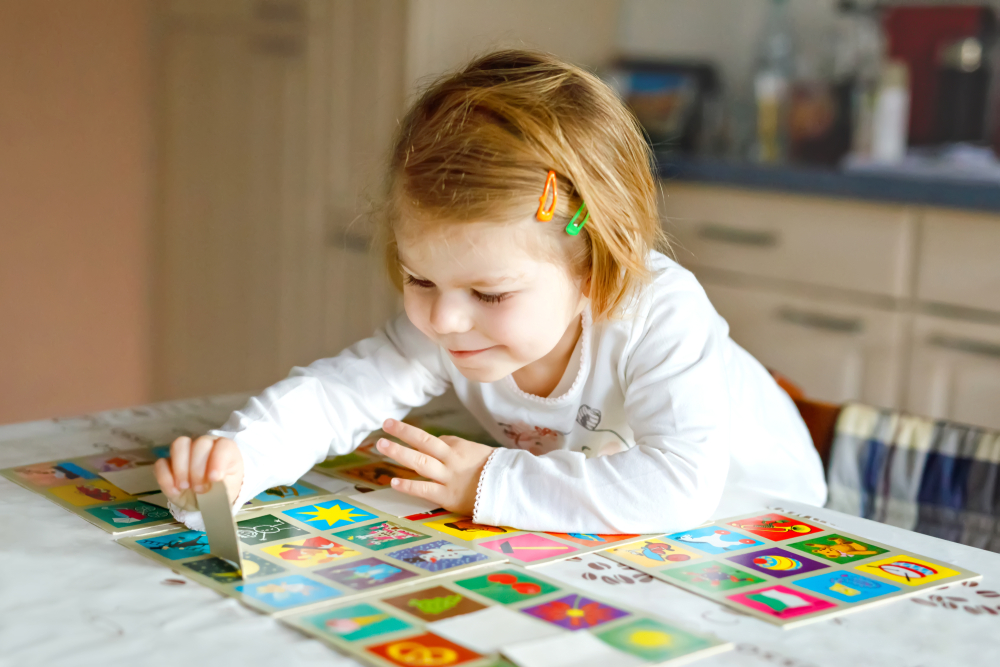
Brain Training Games That You May Do With Your Child at Home
Here are some brain training games that you can enjoy with your little ones!
-
Drum Beats
Playing games that allow your child to follow or listen to a rhythm helps improve the child's focus and motor skills. Doing activities that require listening may also help with the child's auditory processing and processing speed.
Assign drum beats to an action, you can do this by telling your kid that 2 beats mean to stomp their feet, and 1 beat means to clap their hands.
Don't hesitate in adding challenges or to include various activities with different volumes of the beats, for instance- a loud beat means to jump, and a soft beat means to twirl.
One of the most challenging games, even for adults is a game of chess. Playing chess does not only help boost the child's attention, but it also develops a child's critical thinking skills by strategizing.
The first thing to do here is to make sure that you have already established your child's attention.
Your child may enjoy a game of chess here at Kids Academy.
-
Puzzles
Yes, puzzles! This game does not only contribute to your child's attention; it also helps with visualization. Playing different puzzles is essential, do not just stick to 2 or 3 puzzles, challenge your child with a puzzle that has more pieces or add time to help enhance your child's speed. Another is to add distractions to develop selective attention and sustain attention.
-
Picture/Memory Games
Look at different pictures and let your child come up with a story. You may also make your child review a picture, hide or cover it, and then ask what he/she saw or make him identify a specific item found in the picture. It helps improve your child's visual perception, attention to detail, comprehension and helps expand their vocabulary.
Have fun trying these different brain training games!
About the author
Jorezza Antonio - Behavioral Therapist.
Metro Manila, National Capital Region, Philippines.
Links and references
- Nouchi R, Taki Y, Takeuchi H, Hashizume H, Nozawa T, et al. (2013) Brain Training Game Boosts Executive Functions, Working Memory and Processing Speed in the Young Adults: A Randomized Controlled Trial. PLOS ONE 8(2): e55518.
- https://journals.plos.org/plosone/doi?id=10.1371/journal.pone.0055518Brain-training computer game to help children with ADHD
- Moore, A.L. (2019) The Promise of Clinician-Delivered Cognitive Training for Children Diagnosed with ADHD
- https://www.mentalhealthjournal.org/articles/the-promise-of-cliniciandelivered-cognitive-training-for-children-diagnosed-with-adhd.pdf




